Frequently asked questions

TCM873 adds a horizontal column and an aiming notch in the appearance design. The horizontal column can assist in calibrating and adjusting the installation angle of the radar to ensure horizontal installation. The aiming notch can assist in calibrating and adjusting the horizontal angle of the radar to ensure that it can accurately align with the road and cover the required detection area.
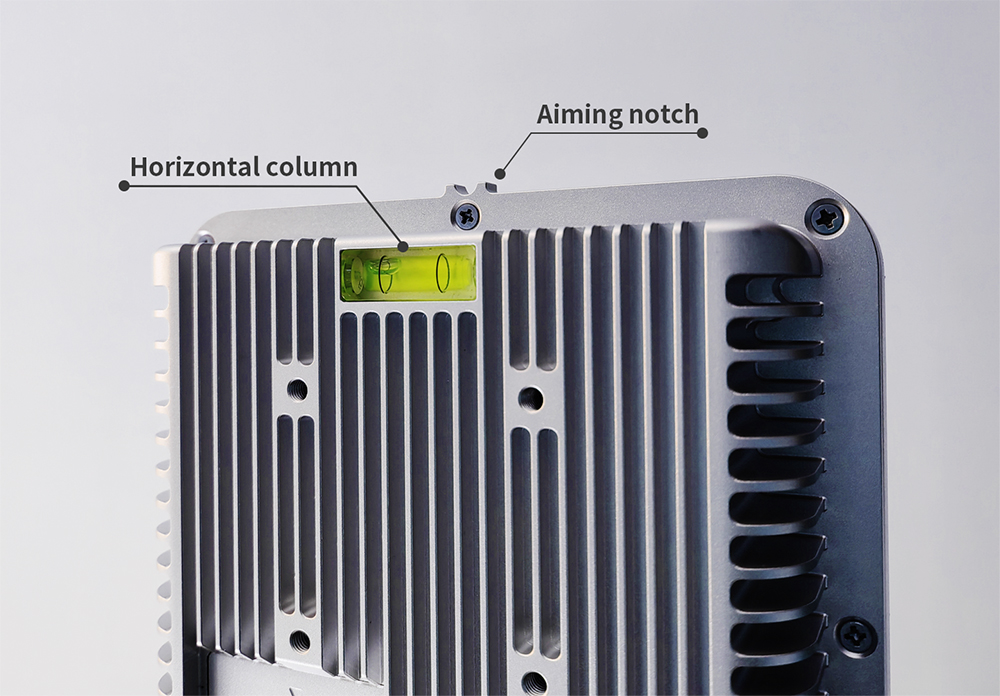
Q2. What is two-level data fitting?
Radar and video fusion is divided into pre-fusion and post-fusion. Pre-fusion refers to the fusion of the original data in the data feature extraction stage, and post-fusion refers to the fusion of the processed data after the data feature extraction stage. TCM873 can open the radar data of the front and back levels: the first level outputs the clustering target data to support the customer's fast and efficient fitting (post-fusion), and the second level directly provides the original point target data to support the customer's deep and accurate fitting (pre-fusion).
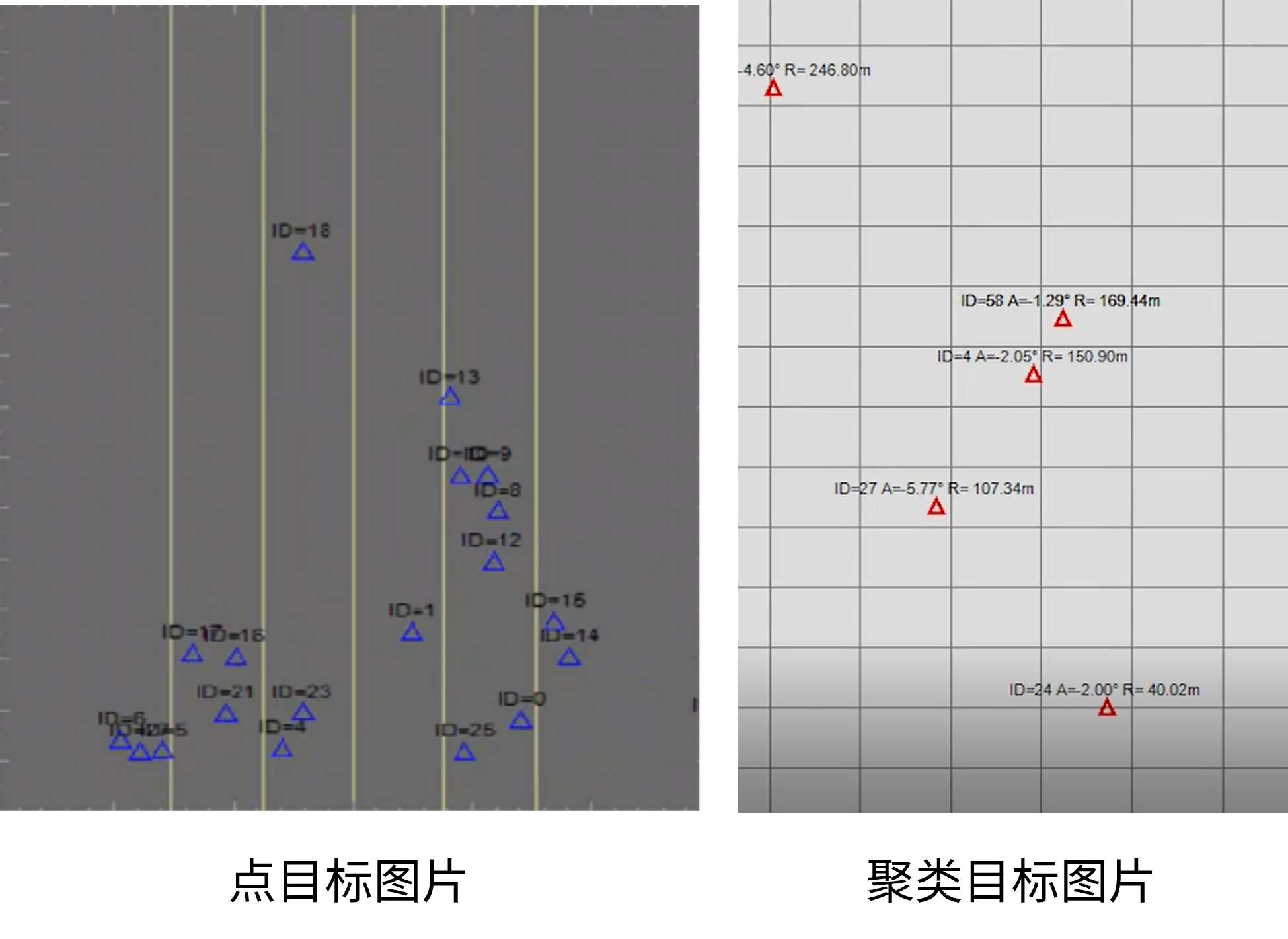
Radar Point Target Data&Radar Clustering Target Data
Q3. What is virtual configuration?
On the complex traffic road, it covers many elements such as channelized intersections, living openings and green isolation belts, which are designed to improve the efficiency and safety of road traffic. In order to accurately cope with the diversified traffic environment, TCM873 is equipped with the functions of channelized intersection identification, live entrance detection and green belt identification, which can simulate the real scene more realistically and be close to the practical application.
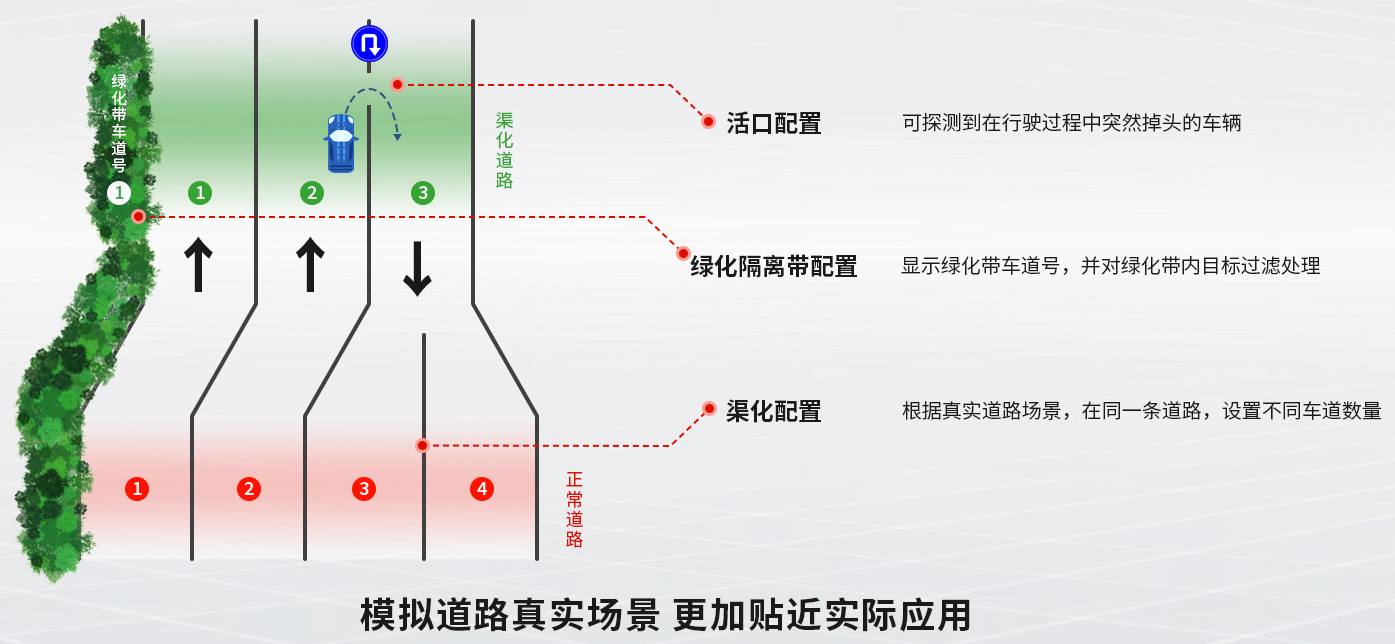
Q4. Function of gyroscope?
The user can obtain the elevation angle of the radar through the gyroscope to adjust the installation angle of the radar, so as to achieve the optimal balance point between the blind area and the detection range; It can also assist users to accurately calculate the horizontal distance between radar and target, and provide more accurate data for radar visual fitting.
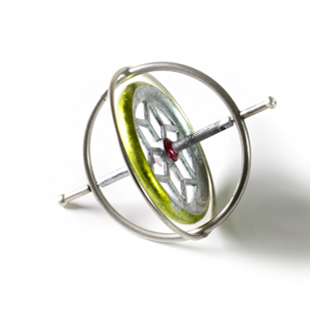
Q5. What is the function of PTP timing?
TCM873 supports PTP timing function, which can ensure the time synchronization of radar and camera fusion.
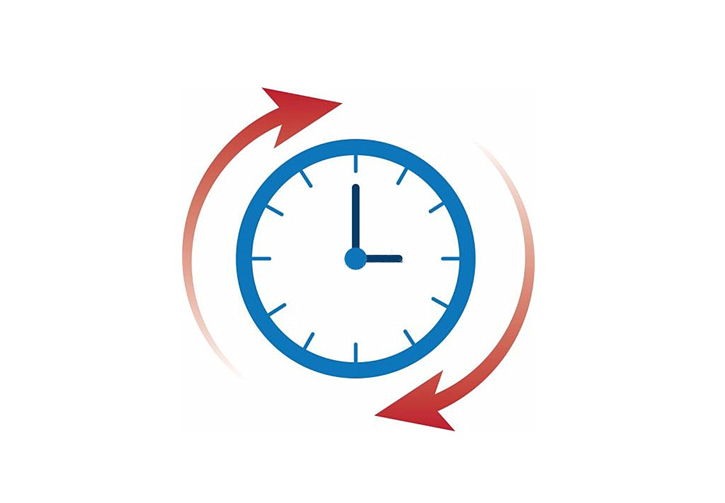
Q6. Role of GPS?
TCM873 supports GPS function. Users can import the world coordinates of radar into high-precision maps without coordinate conversion, which is convenient for customers to carry out visual management of equipment.
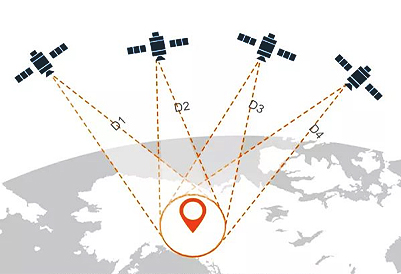
Q7 What is the role of WEB?
TCM873 supports WEB service. Users can directly debug radar and view target information data through Web browser without installing upper computer software. It is plug-and-play and easy to operate. It is compatible with multiple platforms, supports the access of different platforms and operating systems, and can access the Web interface of radar equipment as long as there is a browser, which is more convenient to use and has wider service coverage.
Q8. What is sensitivity?
The threshold at which a radar detects a target. (The larger the value, the lower the sensitivity and the lower the target detection rate; conversely, the smaller the value, the higher the sensitivity and the higher the target detection rate, and the false alarm will also increase. The user can set it reasonably according to the actual road conditions, and recommend the default value of the sensitivity value. The TCM873 sensitivity gear is 0 by default, and 1-3 can be adjusted. The higher the sensitivity gear is, the more obvious the false alarm is rejected.

Q9 How to install the radar?
The radar supports both front and side mounting. It is recommended to install on 6m high gantry, L-shaped pole, column, etc., and the first choice is the front installation. If the front installation conditions are not available, the side installation can be selected. Please pay attention to the adjustment of the radar deflection angle and pitch angle during the side installation.
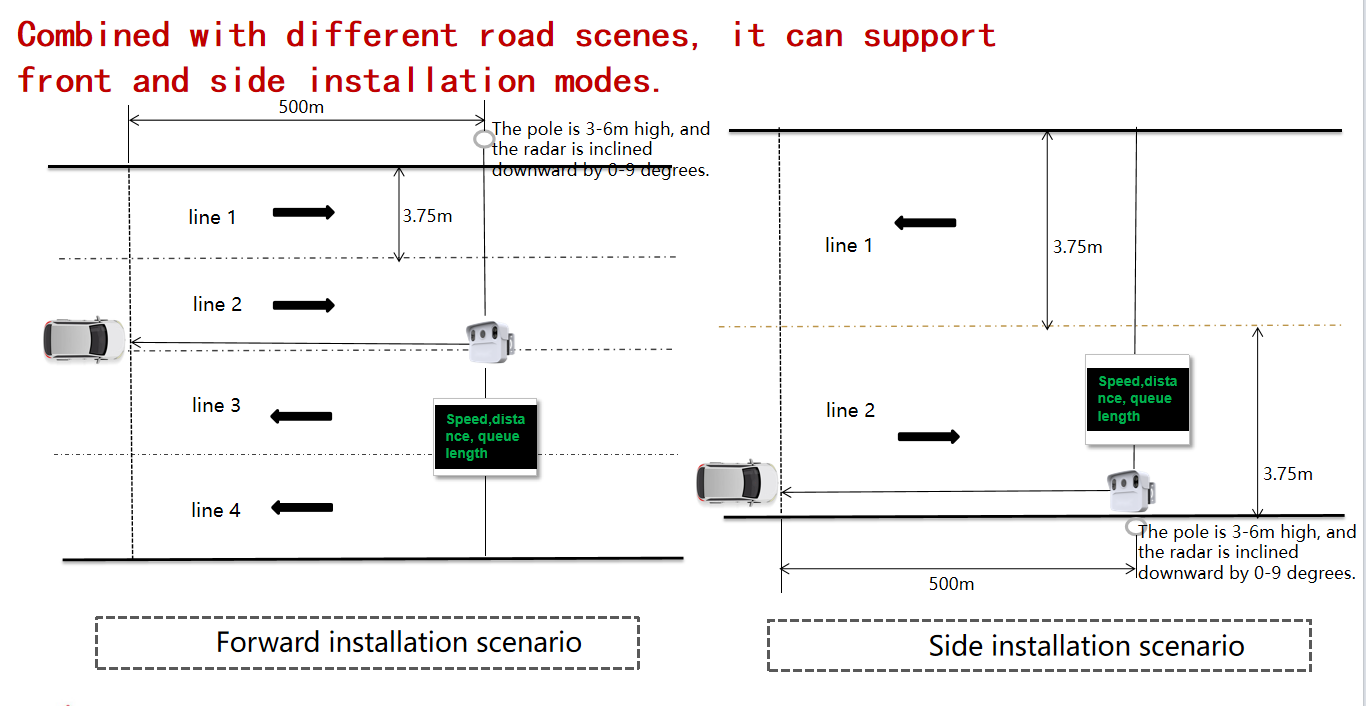
Q10. How to calibrate after angle deviation during installation?
The radar system supports the angle compensation function. If a slight deflection occurs due to the limitation of installation conditions in practical application, the user can set a compensation value opposite to the deflection direction in the system to offset the deflection.


